Spring Companions: Mayapple and Elderberry
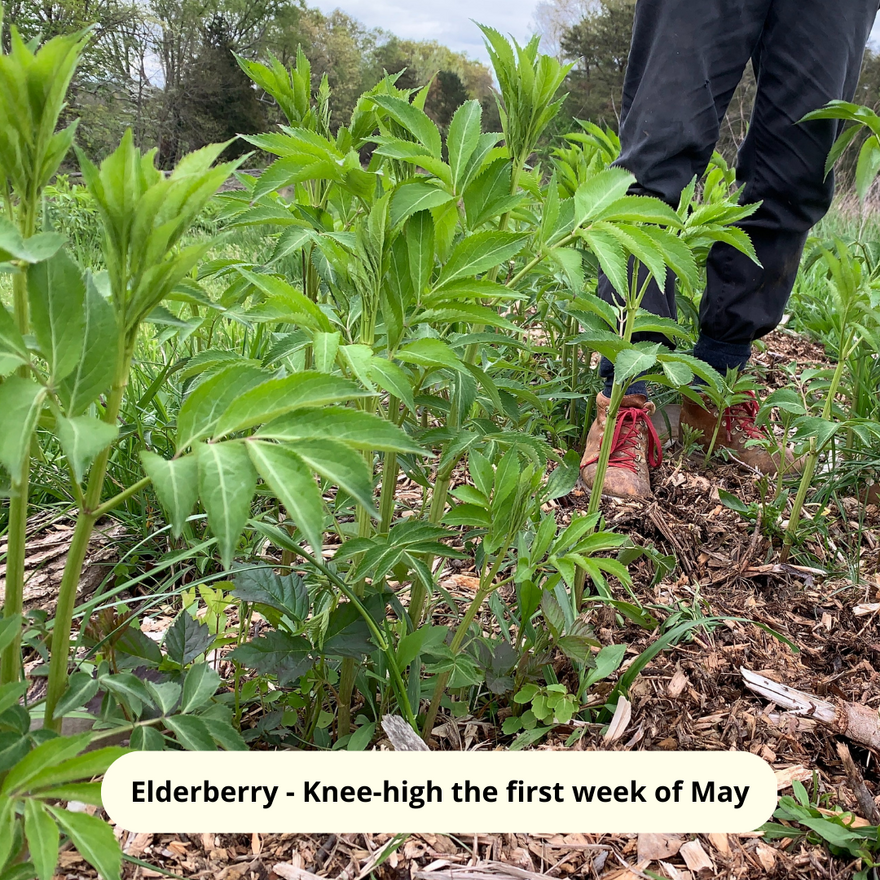
It’s the first week of May and the elderberry plants are knee-high. Considering they were pruned to the ground in February, 18-24” of growth in 3 relatively chilly months is pretty impressive.
Not many other plants in the landscape grow at this rate during the sometimes inhospitable months of spring, but one that comes close is the mayapple (and also, I’ve noticed, garlic mustard).
I don’t think I had ever seen mayapples before moving to southern Ohio. True to their name, they are presently blooming and their flower does resemble a large apple blossom. Like the elderberry, they have sprung up seemingly overnight. But unlike the elderberry, their presence is ephemeral, and most will have wilted away by July.
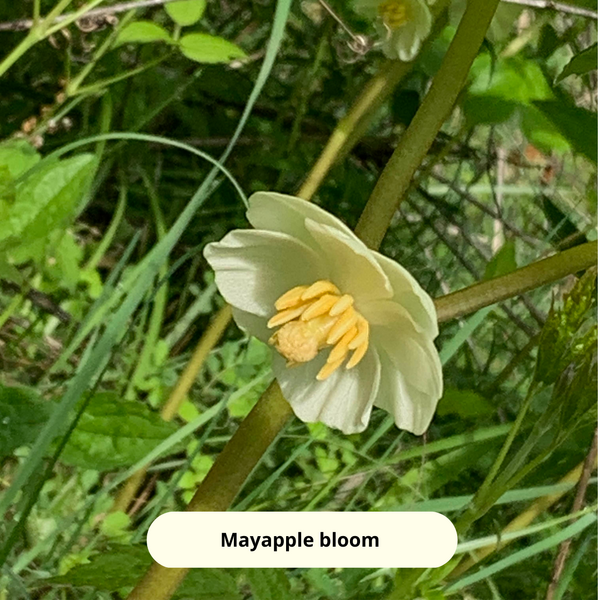
Mayapples belong to the Barberry family. Although plants were historically classified into families based on similarities in structure, flowering, and fruiting, and more recently based on DNA, mayapples look nothing like the common landscape plant, japanese barberry. Japanese Barberry is a bush with attractive red foliage that is commonly sold by nurseries under variety names like “Crimson Pygmy,” “Sunjoy Tangelo,” and “Admiration Barberry.” However, Japanese Barberry is considered invasive because it spreads quickly and outcompetes many other native plants.
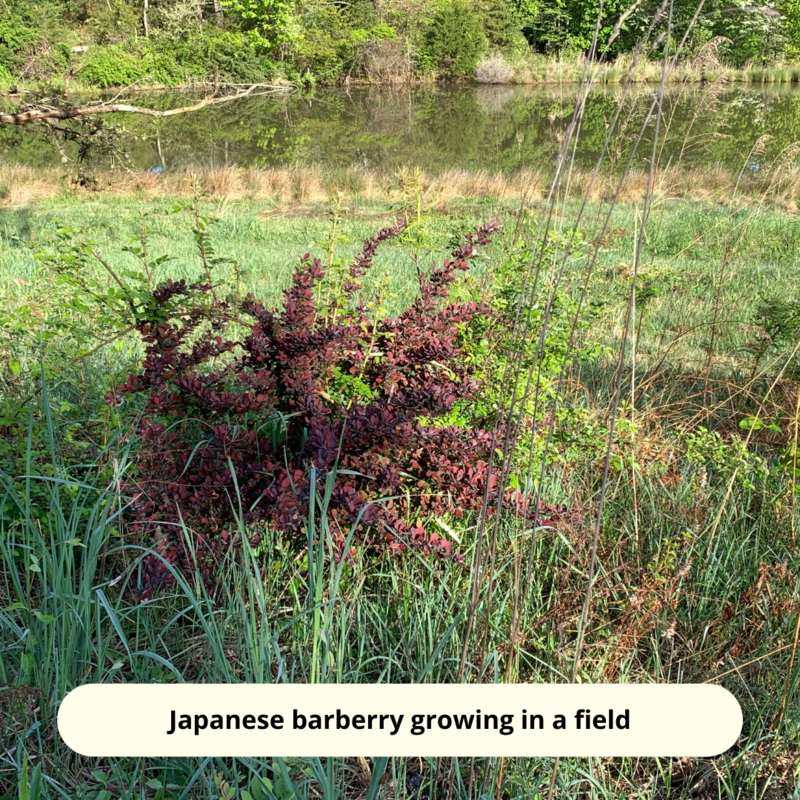
To my eyes, Mayapple more closely resembles other members of the Barberry family. In the northwest, Achlys triphylla or Sweet After Death (I love that name, although you may prefer an alternate name of Vanilla Leaf) has a similar umbrella like leaf. Closer to home, Twin leaf and Blue Cohosh are related, and look (to my eyes) more like mayapple than japanese barberry.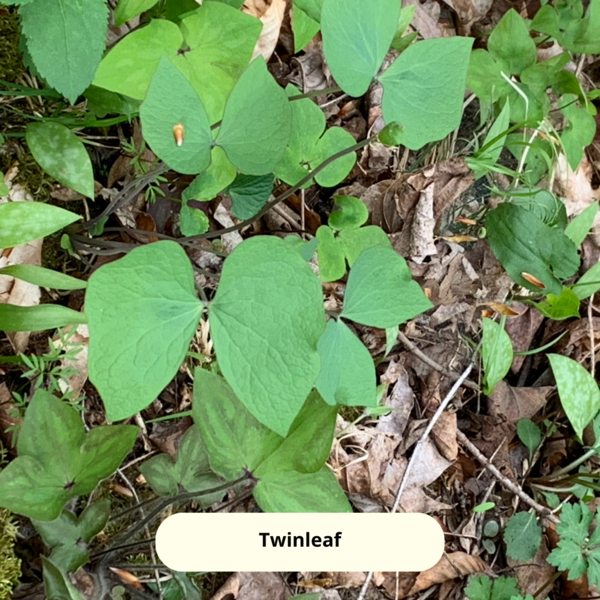
Maintaining mayapples in our landscape is a little tricky. Mowing will kill them, so I mow around them, and encourage them on slopes by cutting back the invasive rose and honeysuckle which would happily crowd them out. I think they can coexist well with cultivated elderberry, so long as I can delay mowing until later in the season. Before European arrival, I believe they lived in forest settings, taking advantage of quick growth and spring sun like other spring ephemerals. If you have a yard with mature deciduous trees, you might be able to introduce (or reintroduce) mayapple there.
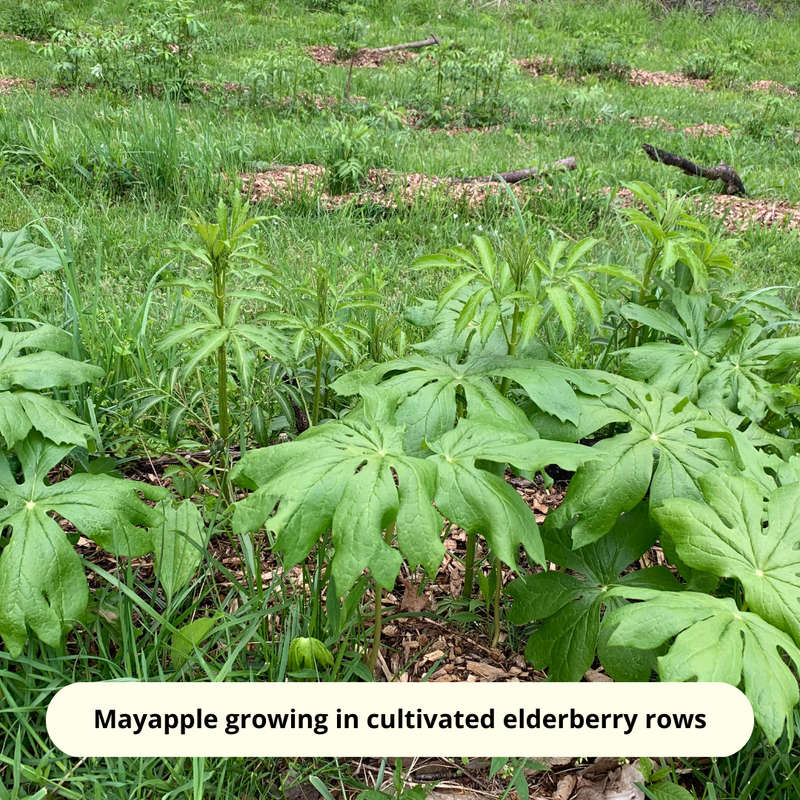


0 comments
Leave a comment